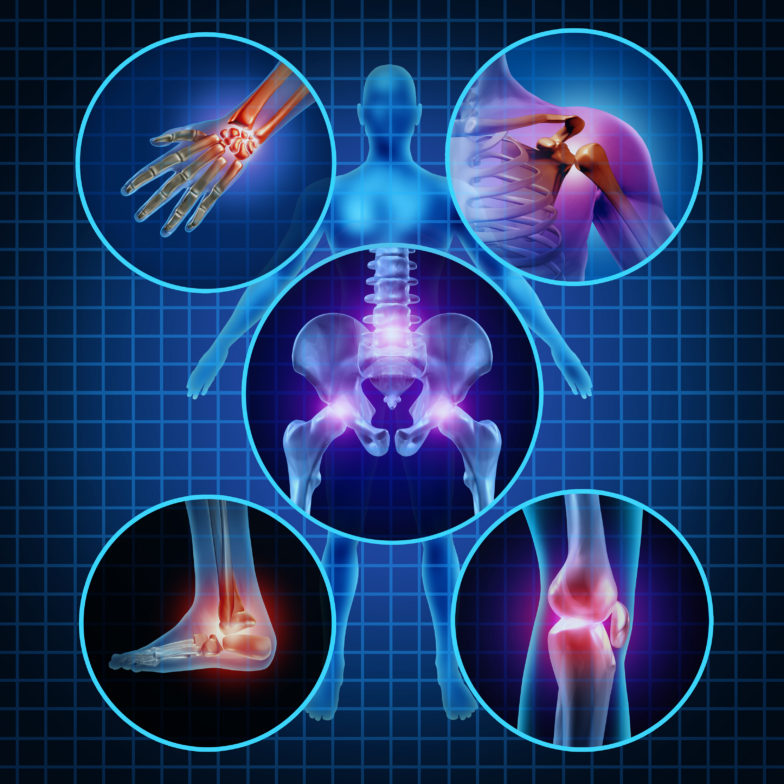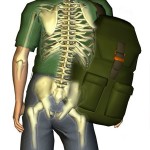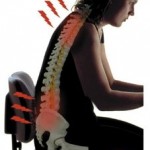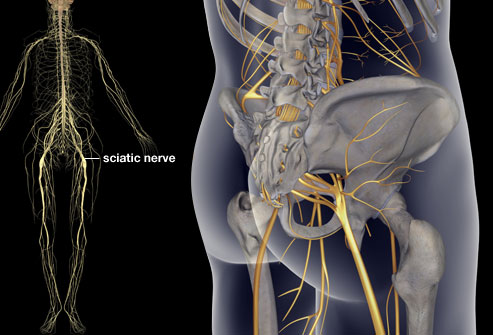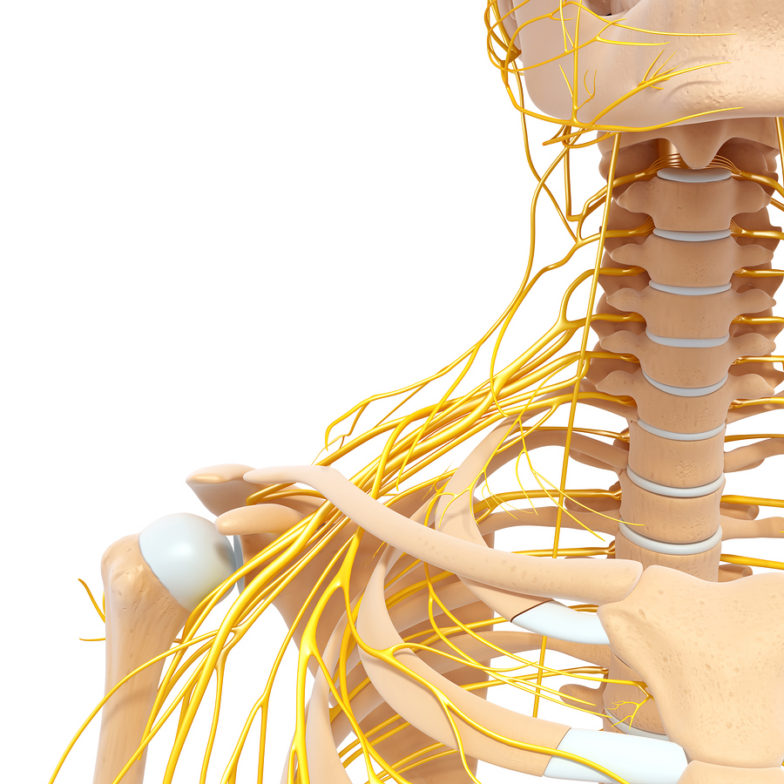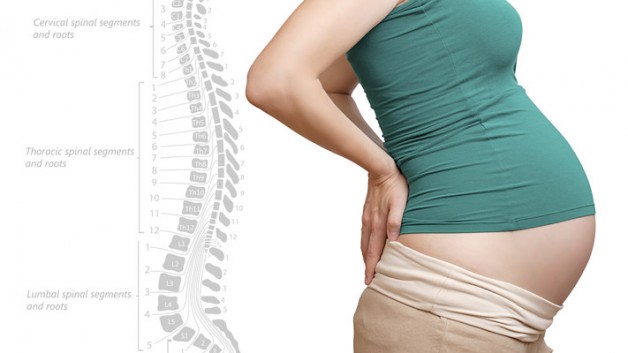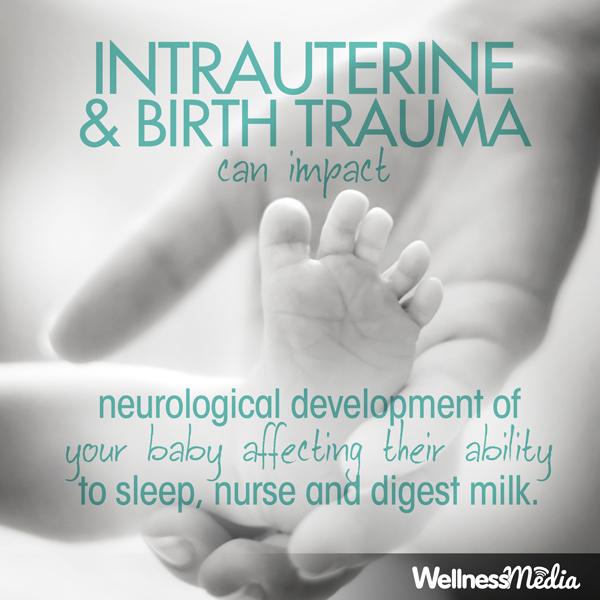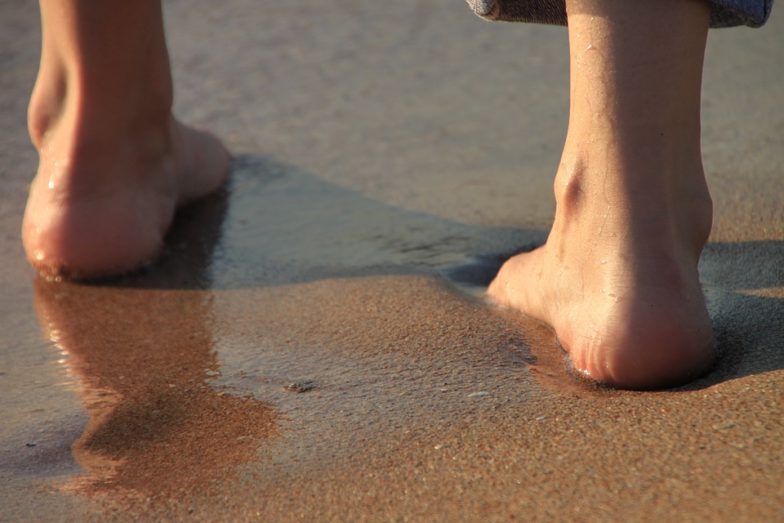1. Have your spine checked! Chiropractic care helps keep our nervous system working optimally, which may boost your immune system and natural healing ability.
2. Take a Vitamin D supplement.
Originally known for its crucial role in maintaining calcium levels for bone health; it is rapidly becoming apparent that we have vastly underestimated Vitamin D’s significant importance for our overall health and wellbeing. The sunshine vitamin plays a key role in boosting the immune system, researchers believe. In particular, it triggers and arms the body’s T cells, the cells in the body that seek out and destroy any invading bacteria and viruses.
3. Juice.
Did you know that 95% of the vitamins and enzymes our bodies need are found in the juice of raw fruits and vegetables? Juicing helps you absorb all the nutrients from the vegetables. This is important because most of us have impaired digestion because of making less-than-optimal food choices over many years. This limits your body’s ability to absorb all the nutrients from the vegetables. Juicing will help to “pre-digest” them for you, so you will receive most of the nutrition, rather than having it go down the toilet. We would need to eat 2 lbs of carrots, 10-12 apples, or 8 lbs of spinach to get the same amount of nutrients you receive in one 16 oz juice. When you drink juice, highly concentrated vitamins, minerals and enzymes rapidly enter the bloodstream absorbing all the nutritional benefits of the fruits and vegetables and giving your digestive organs a much-needed rest.
4. Crush a garlic clove finely before bedtime
Leave to oxidise for 5 minutes, place in a spoon and swallow quickly with water. Garlic is antibacterial, antifungal and a natural antibiotic.
WARNING: don’t chew it or this healthy routine will affect your social life!
5. Take a good quality fish oil daily
Omega 3’s are part of every single bodily reaction, and a deficiency will cause ill health. Your fish oil should be triple molecular distilled for purity, and cold-pressed for stability of the molecules.
6. Take a Probiotic/Eat Probiotic Rich Foods
Probiotics can give your immune system a real boost. Your body is filled with billions of different types of bacteria that help you to do everything from fight off infections to maintain healthy internal organs. Bacteria may have a negative connotation, but the truth is that you can actually stay healthy by putting the right types of bacteria into your body.
7. Take Elderberry Syrup
Elderberries are rich in flavonoids that are organic compounds with antioxidant qualities that safeguards cells against injury or infections. Elderberry also includes vitamin A, B, considerable quantities of vitamin C, and amino acids. All these nutrients can allow you to stay healthy by improving your immune system.
9. Take Echinacea
Echinacea makes our own immune cells more efficient in attacking bacteria, viruses and abnormal cells. Echinacea loses its effectiveness if used continually. It is best to take two weeks on, two weeks off for better results. It is particularly useful in winter months and in spring, when hay fever and allergies are most common.
10. Decrease your bread, pasta and potato consumption
Simple carbohydrates have either been stripped of their fibre through manufacturing or are naturally low in fibre to begin with. Eating too many simple carbohydrates can lead to weight gain because the quick blood sugar rise triggers the release of the hormone, insulin. Insulin’s main function is to lower blood sugars but it also transports fat around your body.
11. Drink green tea or Rooibos instead of tea/coffee. It is full of antioxidants and cancer fighting goodness. And it tastes nice!
12. Take a warm cup of water with fresh lemon on waking every morning. This helps alkalise your body and cleanses the digestive tract.
13. Eat berries every day, blueberries and blackberries being the best! They are high in anti-oxidants and full of cancer fighting goodness.
14. Exercise
Exercise moderately but don’t over train – Working out for up to 45 minutes, 3-5 times per week makes immune cells more active, with some studies showing that women who exercise had half the sick leave days of those who did not. However, extended exercise can do the opposite. Long sessions of high intensity exercise like 90 minutes of running raise levels of the stress hormones adrenalin and cortisol which can suppress immune-system activity for up to 3 days. So, if you are specifically training for an event like a marathon, make sure that you drink 1 litre of a glucose drink every hour of exercise as the sugar can cause the adrenal gland to release less cortisol.
15. Reduce stress
Many studies have proven the link between stress and illness, making people 3 times more likely to catch colds. Reduce the stress in your life and if you are going through a period of stress you can’t avoid like divorce, redundancy or monetary problems, make sure you put time aside for yourself to relax. Also watch your favourite comedy films or TV sitcoms as a good laugh can counteract many of the effects of stress.
AVOID
Sugar! It’s an immune suppressor. As little as 3.5 ounces can suppress your immune system up to 50 percent. Most sugar is void of nutrients, and get this: It actually requires nutrients to metabolize sugar and, therefore, pulls minerals from your body. Sugar also impairs your white blood cells from doing their job, which is to scavenge up bacteria that can make you sick.
Cigarettes. Smokers suffer higher levels of respiratory infection than non-smokers as well as having higher risks of a whole list of other diseases.



